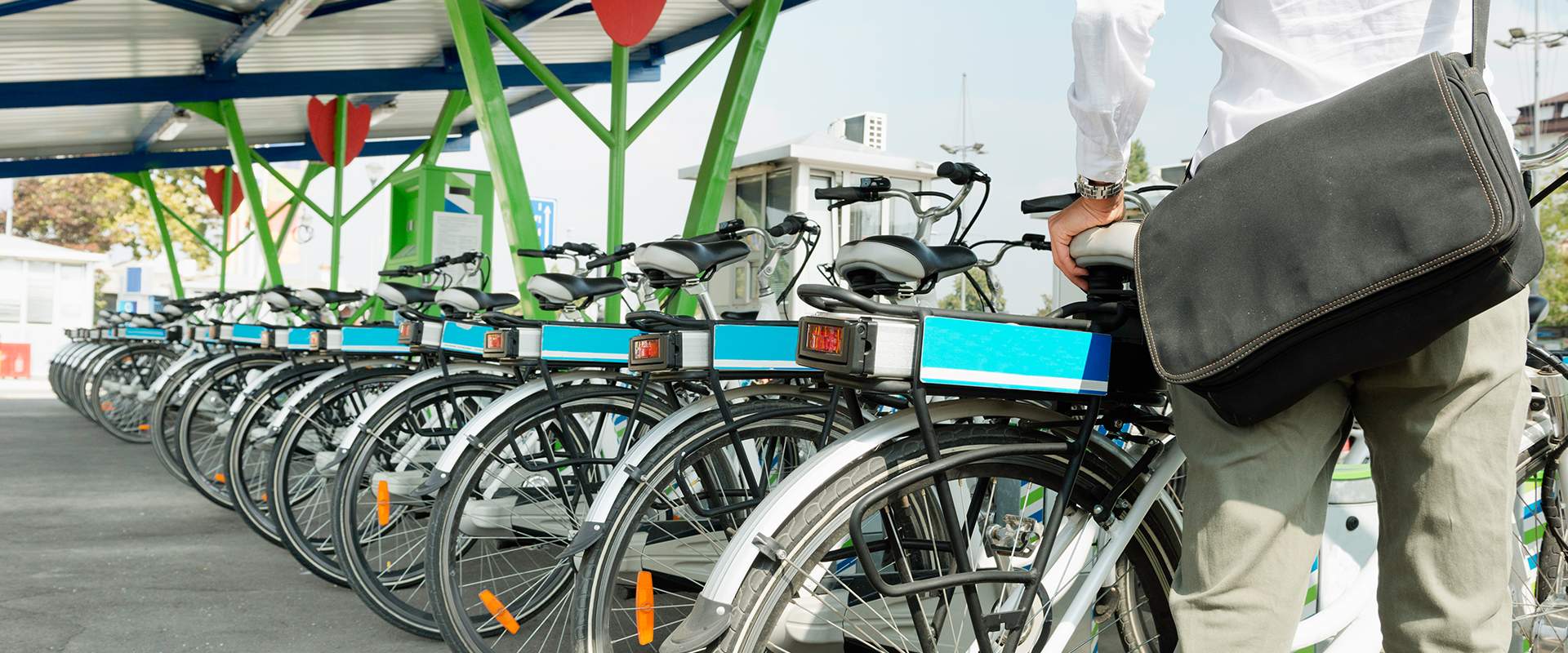
The New Mobility Agenda — Key Themes That Will Shape the Next Five Years
- Volume XXI, Issue 52
- Executive Insights

Technology- and business model-led mobility disruptions are altering the mobility system almost beyond recognition and giving rise to five key system issues.
These system issues — converging mobility platforms, harmonizing public and private systems, ensuring public good reaches beyond urban areas, migrating from internal combustion engines to electric propulsion, and the disruption of autonomous vehicles — will determine the direction of mobility in the years ahead.
Different elements will move at different speeds, causing system disruption, changes in usage patterns and redistribution of cost/profit pools.
Ongoing experimentation, problem solving and investment by the public and private sectors is required if the promise of new mobility is to be realized.
As we approach the end of the decade, the structural changes underway in the mobility sector continue to gather speed. Fast-improving underlying technologies are being combined in increasingly creative and useful ways, powering ongoing innovation in mobility business models.
The Lufthansa Innovation Hub reports that 2,500 startup businesses are active in mobility and counts 22 leading players with a combined valuation of $230 billion. Several million electric vehicles (EVs) are now in circulation, with over 150 available models.
Our work in the sector highlights six interconnected mobility disruptions (see Figure 1), which collectively will alter the mobility system almost beyond recognition.
These disruptions are giving rise to five key system issues, which will determine the direction of mobility as an economic system and a social infrastructure in the next five years and beyond.
Just as Amazon evolved from selling books to selling everything, mobility players are racing to become platform businesses, leveraging direct customer relationships to sell a wide range of related solutions (both owned and resold from third parties). A number of different routes are being pursued.
Didi and Uber, the most valuable and furthest-progressed of these platforms, each began with a disruptive ride-hailing service and has since leveraged its customer base, infrastructure and cash flow into a wide range of other solutions, including bike sharing, buses, food delivery, and the development of autonomous and airborne mobility solutions.
Another example is CityMapper, which began life as a multimodal wayfinding and information service. It has now diversified into providing shuttle services on a trial basis in an area of London identified as being poorly served.
Finally, the Whim service by Transdev and MaaS Global integrates access to many different transport modes — personal, shared and mass — into mobility-as-a-service subscription bundles (paid monthly).
As society seeks more efficient and effective mobility solutions, entrepreneurial mobility startups are powerful agents of innovation and change. Their comparatively asset-light, flexible models and profit motive result in precise prioritization of the most profitable zones, and deprioritization of costlier areas.
At a microeconomic level this is an entirely rational outcome. Private services take over from public services where they can sustain themselves commercially, leaving uneconomic/market failure services as public goods. In most cases, the volume of new mobility trips is contributing to the management of rising urban mobility demand in areas where public transport is weak.
However, in cities with well-developed public transport, future growth in new mobility services could materially damage the volume and economics of heavy, largely fixed-cost public transport systems — creating an additional funding gap for governments to manage. For example, a 1% decline in Transport for London’s (TFL) fare revenue is on the order of £50 million per year.1
As private mobility services scale, careful consideration of the rules and obligations attached to their participation is necessary.
For the same reasons as above, new mobility development to date has been heavily concentrated in dense, superurban centers (see Figure 2). While important, these areas represent only a small part of the latent mobility needs and challenges facing the overall population.
Residents in major city centers have always been spoiled with choices in their mobility options, compared to those located in suburban and rural areas; new mobility developments have yet to redress that imbalance.
Finding commercially viable economic models and effective public policy models that push new mobility solutions further into suburban and regional/rural zones will be an important public welfare challenge in the years ahead.
While electric vehicles can be readily integrated into the transport and energy system at their current scale, several challenges need to be overcome before we see a wholesale transition.
The world’s energy grids remain poorly equipped to deal with an expanding EV fleet, and charging infrastructure is limited. Battery costs and manufacturing capacity also remain serious limitations on EV production, though this is a fast-moving space.
Automobile OEMs continue to compete within their traditional framework, with heavy duplication of electric R&D effort across them and hundreds of startups. Further consolidation and alliances are necessary to create the global-scale EV OEMs required for the transition.
While EVs primarily impact fuel and impose little change on other dimensions, such as drivers, roads, parking space and usage patterns, autonomous vehicles present much greater disruptive potential for the system as a whole.
This wider system disruption will create a level of regulatory challenge that public authorities remain ill-equipped to cope with, despite progressive efforts in a number of geographies.
It is likely to be a number of decades in most places before autonomous vehicles reach mass adoption. Despite this, because of the magnitude of the system change required, careful long-range urban and mobility policy planning must start now, to ensure the potential benefits are fully realized with as little disruption and as few negative impacts as possible.
In the coming decades, mobility systems will undergo profound changes in technology, ownership and business models, and governance controls. Different elements will move at different speeds, causing system disruption, changes in usage patterns, and redistribution of cost/profit pools. Ongoing experimentation, problem solving, and investment by the public and private sectors is required if the promise of new mobility is to be realized.
Endnote:
1Farebox revenue for TFL totaled £4.8 billion in 2017-18